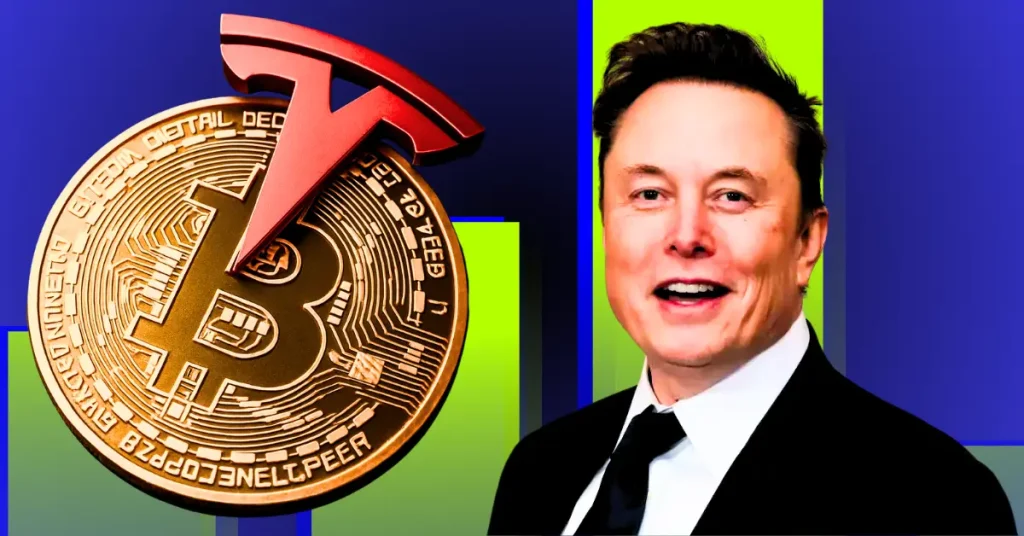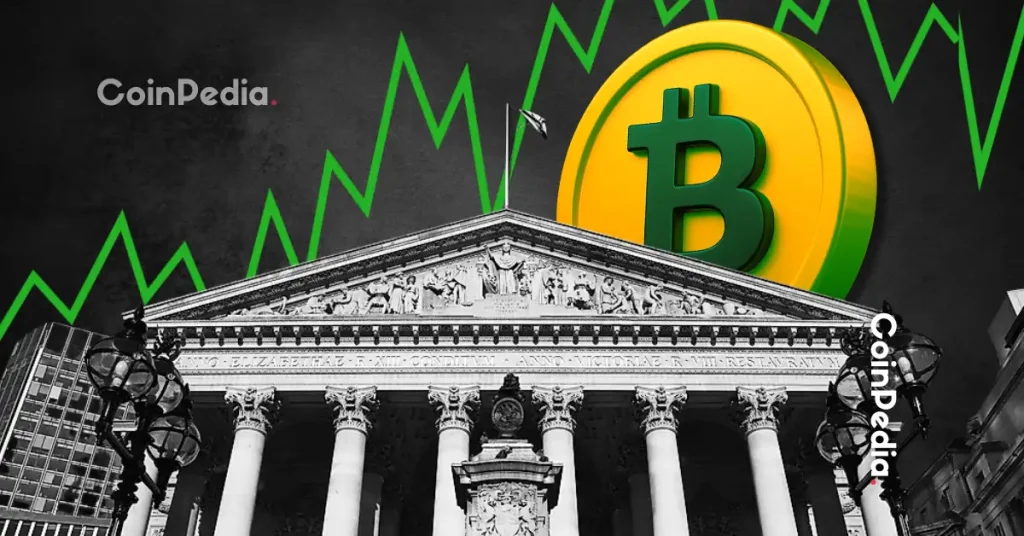
U.S. bank stocks are falling as the failures of Silicon Valley Bank, Silvergate Bank and Signature Bank continue to ripple through the market. US online broker Charles Schwab was suspended from trading on the morning of the 13th.
On the other hand, the crypto asset market, including Bitcoin (BTC), rose by double digits. It may be the first time Bitcoin has risen in a risk-off environment. Maybe Bitcoin was just made for this moment.
backlash against the financial crisis
The Bitcoin network was born as a direct reaction to the 2008 financial crisis, when many hardworking people felt that neither the government nor the financial system was working for them.
The first block of Bitcoin is “The Times 03/Jan/2009 Chancellor on brink of second bailout for banks(The Times January 3, 2009 Prime Minister on the brink of second bailout for banks).”
And now regulators are once again trying to bail out banks. Moreover, its collapse is due to aggressive monetary policy by the US Federal Reserve (Fed), poor risk management or greed by the banks. It’s important to listen to Satoshi Nakamoto’s message.
I’ve been talking about the “Great Reset” for many years. The concept is that we should stop trusting centralized organizations for what matters most. After all, these organizations are run by people who are no better or smarter than us, yet they make all the decisions and make mistakes for us.
bank run
If you look at the course of events over the past week, you can quickly recognize the problem of centralization. Fed Chairman Powell on the 7th explained a new approach to Fed policy. He suggested that rate hikes could last longer than previously expected. Expectations of high interest rates for an extended period of time quickly impacted the bond market, causing bond prices to fall dramatically.
Around that time, Silicon Valley Bank was forced to sell some of its holdings of 10-year U.S. Treasuries for 20-30% less than when they bought them to meet withdrawals from customers. As rumors of cash shortages begin to spread, a bank run erupts and regulators intervene. This caused even more panic.
Could all local banks like Silicon Valley Bank go bankrupt?
Under fractional reserve banking, most regional banks only need to hold 5% to 10% of their deposits as reserve assets, leaving all of them open to a run on the bank.
A legitimate question arises as to who was the head of the risk management department that decided that a bank, responsible for maintaining daily cash flow to its depositors, could buy 10-year US Treasuries. come.
When the economy started to falter last year, many worried that the collapse of crypto firms such as FTX, Three Arrows Capital and Terra would spill over to traditional financial institutions. However, in reality, the exact opposite happened, and the failure of the Silicon Valley Bank directly impacted the cryptocurrency market, especially the stablecoin market.
USDC loses dollar peg
Among USD-linked stablecoins, USD Coin (USDC), which is the second largest by market capitalization after Tether (USDT), is handled by Circle.
The circle model is simple. It takes money from customers and in return gives them a digital asset called USDC. Then invest the money in liquid 3-month US Treasuries, which currently yield 4.87%. Could there be a safer strategy than this?
Circle has made the rational decision to keep some cash on hand and spread it among its six partner banks. One of them was Silicon Valley Bank. Circle announced that it had deposited $3.3 billion in Silicon Valley Bank’s bankruptcy. A hole of more than 5% has opened in the balance sheet.
Panic spread and USDC fell to $0.87 on the 12th. I lost my dollar peg. Traders quickly switched to Tether (although Tether has questioned its reserves and operations).
I chose to convert most of my holdings to Bitcoin. Apparently many people did the same.
Considered a well-regulated and safe company, Circle was eyeing an IPO, and the loss of USDC’s dollar peg was a big deal. This situation has sounded the alarm bells for investors, and the cryptocurrency rule of “not your keys, not your coins” is not only for banks, but also for stablecoins. I showed that it applies to all centralized organizations, including companies that handle
Circle tried to restore trust by announcing that it would make up for the shortfall even if it were to lose access to its Silicon Valley bank deposits. By the evening of the 12th, the stablecoin market had recovered, and the USDC and DAI, which holds many USDCs as reserve assets, had regained the dollar peg.
But is that enough?
Who do you trust?
Asset prices may be recovering, but the shock remains. How can we trust something centralized? Should you keep more than $250,000 in the bank insured by the Federal Deposit Insurance Corporation (FDIC)? Is it possible that insurance doesn’t work well? Is it safe to continue investing in stablecoins issued by companies that do business with banks?
Bitcoin’s strength lies in its ability to store value in a decentralized form backed by computation without the need for human verification and support. No one spends 90% of their savings on loans to make a profit, no chance of a bank run, no fear of gambling their hard-earned money in bonds.
Bitcoin was made for this very moment. The market seems to think so too.
My idea of the Great Reset is premised on a future where Bitcoin is the most valuable asset and the ultimate indicator of value. You may use bitcoin to store your assets and convert some to stablecoins for daily payments, but trust only a decentralized store of value: bitcoin.
And the concept of decentralization can be applied to other areas, such as community management, resource allocation, and determining what governments should and shouldn’t control. A major shift is taking place and more and more people are moving away from the traditional system.
We don’t know how long it will take to complete, but the Great Reset has already begun and Bitcoin will be its currency of choice.
Ms. Tatiana Koffman: An angel investor who works on the newsletter “MythOf Money.com”.
|Translation and editing: Akiko Yamaguchi, Takayuki Masuda
| Image: K8/Unsplash
|Original: Bitcoin Was Built for This Moment
The post Bitcoin, made for this moment[Column]| coindesk JAPAN | Coindesk Japan appeared first on Our Bitcoin News.

 2 years ago
104
2 years ago
104














 English (US) ·
English (US) ·